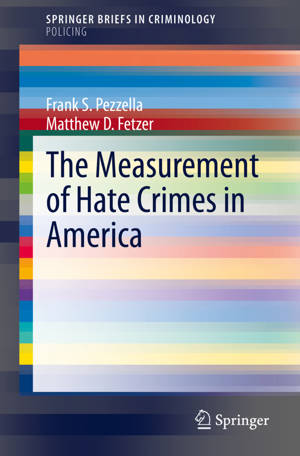
- Afhalen na 1 uur in een winkel met voorraad
- Gratis thuislevering in België vanaf € 30
- Ruim aanbod met 7 miljoen producten
- Afhalen na 1 uur in een winkel met voorraad
- Gratis thuislevering in België vanaf € 30
- Ruim aanbod met 7 miljoen producten
Omschrijving
Using data from the Uniform Crime Reporting Hate Crime Statistics Program and the National Crime Victimization Survey, this brief highlights the uniqueness of hate or bias crime victimization. It compares these to non-bias crimes and delineates the situational circumstances that distinguish bias from non-bias offending.
The nuances of under-reporting shed light on bias-group and victim reasons for not reporting. By examining measurement issues associated with data collection systems, this brief helps explain why eighty-nine percent of participating law enforcement agencies report zero hate crimes each year. It describes patterns and trends in reporting the volume of general bias motivations and specific bias types, as the most prevalent hate crime offense types and most likely victims and offenders.
With recommendations to address issues in measurement and under-reporting, including an action plan by the Enhance the Response to Hate Crimes Advisory Committee and the International Association of Chiefs of Police, a best practice model by the Oak Creek Police Department, and other promising law enforcement reporting models, this brief provides an increasingly critical resource for law enforcement practitioners and researchers dealing with hate crimes.
Specificaties
Betrokkenen
- Auteur(s):
- Uitgeverij:
Inhoud
- Aantal bladzijden:
- 126
- Taal:
- Engels
- Reeks:
Eigenschappen
- Productcode (EAN):
- 9783030515768
- Verschijningsdatum:
- 24/10/2020
- Uitvoering:
- Paperback
- Formaat:
- Trade paperback (VS)
- Afmetingen:
- 156 mm x 234 mm
- Gewicht:
- 204 g

Alleen bij Standaard Boekhandel
Beoordelingen
We publiceren alleen reviews die voldoen aan de voorwaarden voor reviews. Bekijk onze voorwaarden voor reviews.









